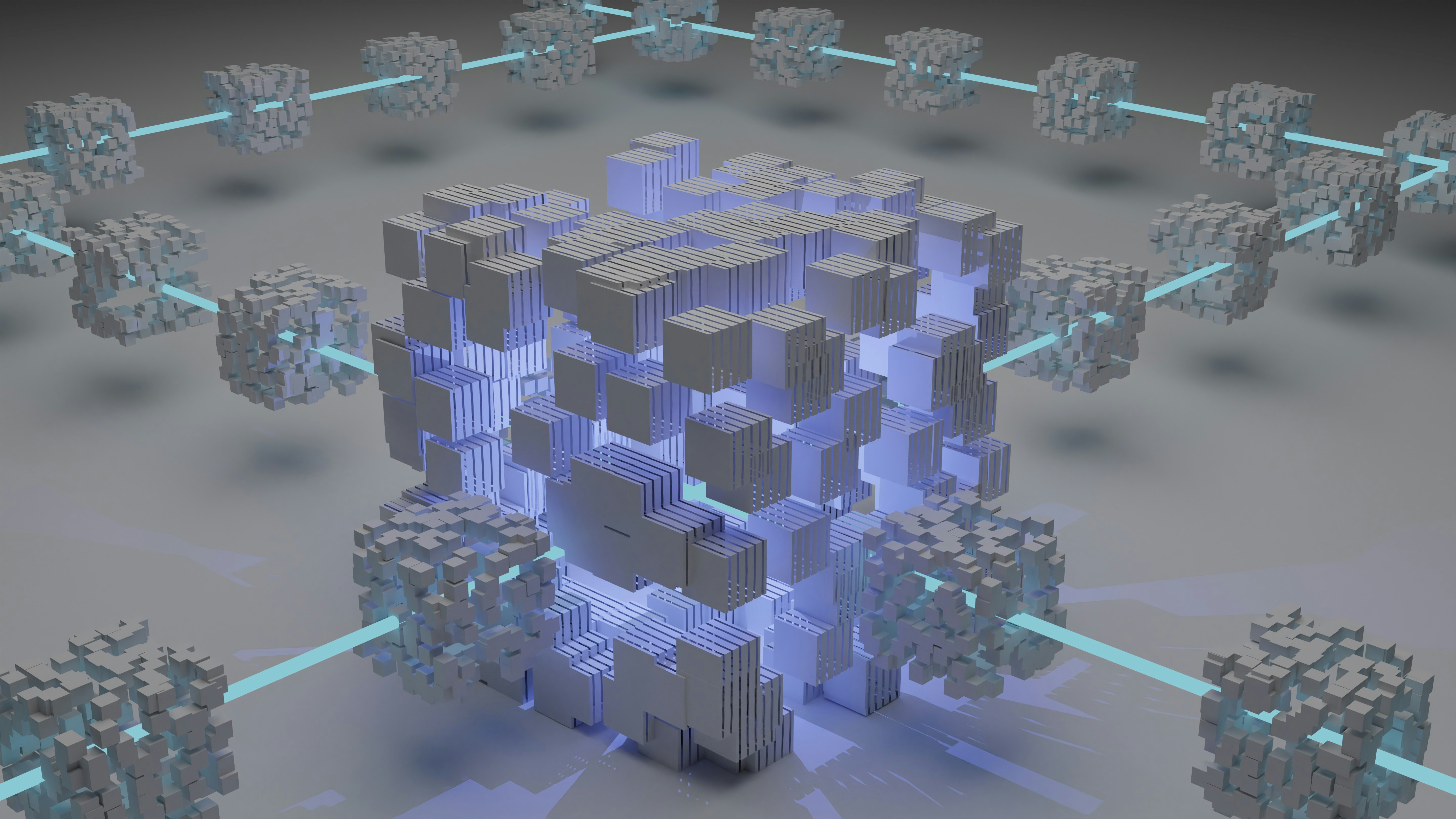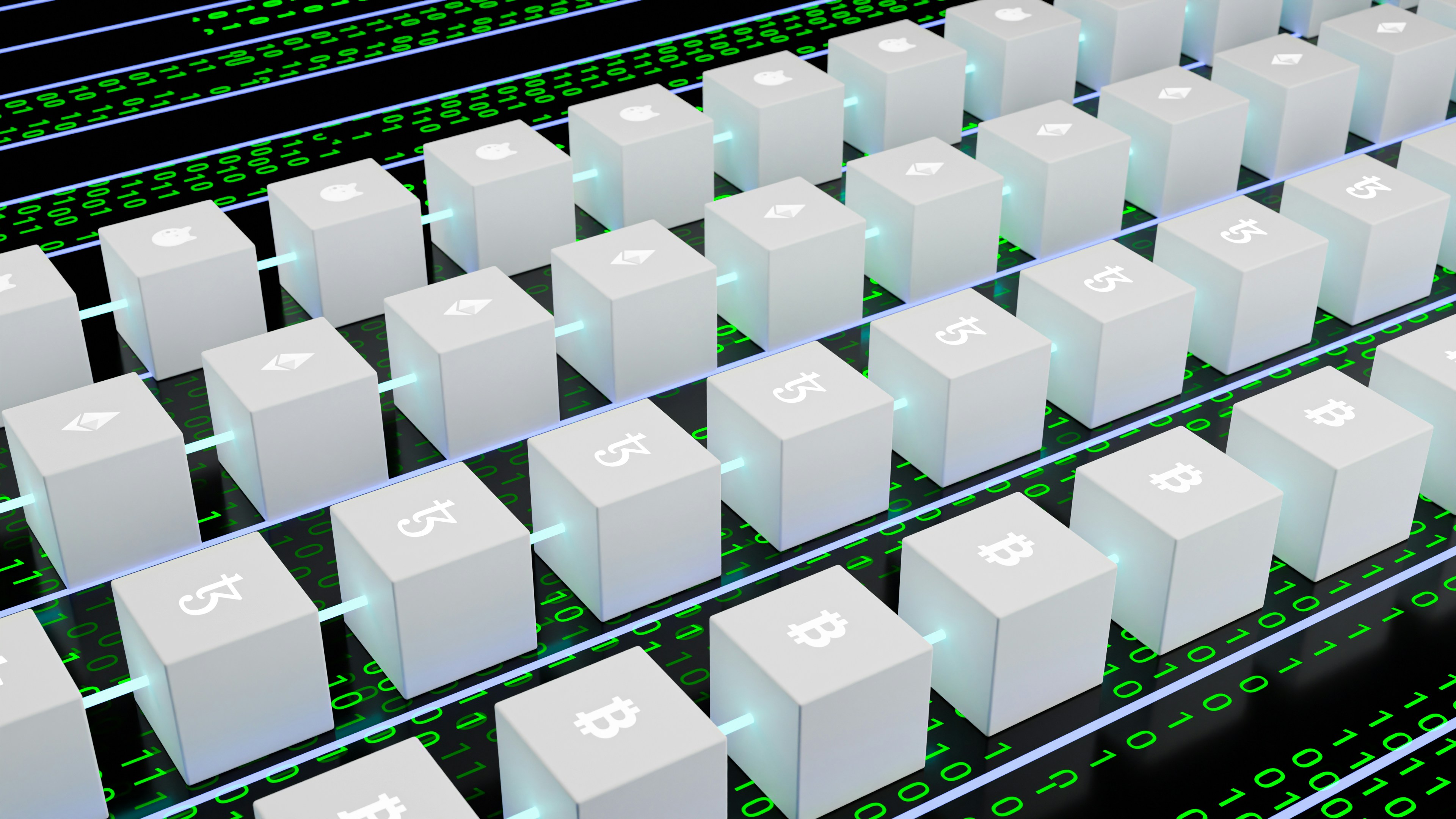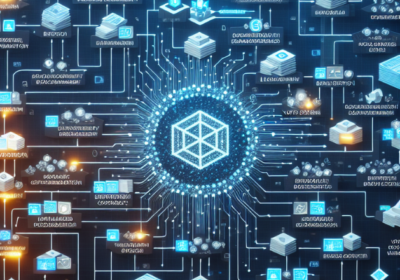How To Start Cryptocurrency Mining At Home
In the rapidly evolving landscape of digital currencies, cryptocurrency mining has emerged as a compelling venture for enthusiasts and investors alike.
In our article, “How To Start Cryptocurrency Mining At Home,” we delve into the essential steps and considerations for setting up a mining operation from the comfort of one’s residence.
We cover everything from selecting the right hardware and software to optimizing performance and managing energy consumption.
Our guide is designed to empower readers with the knowledge and tools necessary to navigate the complexities of home-based cryptocurrency mining.
Making the process accessible and comprehensible for both newcomers and seasoned participants in the crypto space.
Have you ever wondered how you can tap into the world of cryptocurrency mining from the comfort of your home?
Cryptocurrency mining has become a popular method for generating digital currency and has the potential to be a viable source of income.
If you’re intrigued by the possibilities of mining cryptocurrencies on your own, you’re in the right place.
This detailed guide will walk you through everything you need to know about getting started with cryptocurrency mining at home.
How To Start Cryptocurrency Mining At Home Video
Understanding Cryptocurrency Mining
Cryptocurrency mining is the process by which new digital coins are created and transactions are verified and added to a blockchain ledger.
It involves solving complex mathematical problems using specialized computer hardware. Successful miners are rewarded with new coins and transaction fees.
Why Mine Cryptocurrency?
Cryptocurrency mining offers several benefits, including financial rewards, contributing to the blockchain network’s security and integrity.
Also gaining a deeper understanding of blockchain technology.
However, mining at home also comes with its own set of challenges, such as the need for high initial investment in hardware and significant ongoing electricity costs.
Initial Considerations Before You Start
Before diving into the technical aspects, there are some fundamental considerations to keep in mind.
These include understanding what cryptocurrency mining entails, evaluating the potential profitability, determining the requirement for hardware, and ensuring you meet the necessary environmental conditions.
Choosing the Right Cryptocurrency
Selecting the right cryptocurrency to mine is crucial since different coins have varying levels of difficulty, profitability, and hardware requirements.
Common cryptocurrencies to consider include Bitcoin, Ethereum, Litecoin, and Monero.
Research each coin’s characteristics and network complexity to make an informed decision.
Join the Best Online Crypto Mining Website Today
Calculating Profitability
Mining profitability depends on multiple factors, including the cryptocurrency’s market value, mining difficulty, hash rate, and electricity costs.
Various online calculators can help estimate potential earnings based on these parameters.
Factor in hardware depreciation and other unexpected costs to get a realistic picture.
Required Hardware
To begin mining, you’ll need specialized hardware called mining rigs.
These rigs are built using specific components designed to work together efficiently to process transactions and solve block equations.
ASIC vs. GPU Mining
Two main types of mining hardware are ASICs (Application-Specific Integrated Circuits) and GPUs (Graphics Processing Units).
ASICs are highly efficient but can be expensive and are usually limited to mining specific cryptocurrencies.
GPUs are more versatile and can mine multiple coins but may require more power and cooling.
| Hardware Type | Description | Pros | Cons |
|---|---|---|---|
| ASIC | Specialized for mining specific algorithms | High efficiency, stable | Limited to specific coins |
| GPU | Versatile, can mine various cryptocurrencies | More flexibility | Higher power consumption |
Environmental Considerations
Mining rigs generate significant heat and noise, making it essential to have an adequate cooling system and a well-ventilated area.
Ensure your electrical system can handle the added load, and consult with an electrician if necessary.
Setting Up Your Mining Rig
Once you’ve made the necessary considerations, it’s time to set up your mining rig.
This section will cover the required hardware, assembling your rig, and installing the necessary software.
Acquiring Hardware
Purchase the appropriate mining hardware based on your chosen cryptocurrency. Besides the ASIC or GPU, other essential components include:
- Power Supply Unit (PSU)
- Motherboard
- RAM (Random Access Memory)
- Storage (SSD or HDD)
- Cooling System (Fans or Liquid Cooling)
- Mining Frame or Case
Assembling the Rig
- Install the CPU: Start by installing the CPU on the motherboard. Follow the manufacturer’s instructions for socket alignment and thermal paste application.
- Insert the RAM: Insert the RAM modules into the designated slots on the motherboard. Ensure they click firmly into place.
- Attach the Storage: Connect your SSD or HDD to the motherboard using SATA cables. Secure it to the mining frame or case.
- Install the GPU(s): Attach as many GPUs as your motherboard can support. Use PCIe risers if necessary to provide additional spacing and cooling.
- Connect the PSU: Connect the PSU to your motherboard, GPUs, and storage. Ensure all power cables are securely attached.
- Assemble the Frame: Secure all components to the mining frame or case, ensuring proper airflow and cable management.
Installing Mining Software
Once the hardware is set up, you’ll need to install mining software to connect your rig to the blockchain network.
- Choose an Operating System: Popular choices include Windows, Linux, and specialized mining Operating Systems like EthOS and SimpleMining OS.
- Download Mining Software: Choose mining software compatible with your selected coin and hardware. Examples include CGMiner, BFGMiner, and Ethminer.
- Configure Your Miner: Enter your mining pool’s details, wallet address, and other necessary configurations. Save your settings and start your miner.
Joining a Mining Pool
Mining individually can be challenging and less profitable due to increased competition.
Joining a mining pool can improve your chances of earning consistent rewards.
What is a Mining Pool?
A mining pool is a collective group of miners who combine their processing power to solve blocks and share the rewards proportionally to their contributions.
This cooperation increases the likelihood of receiving regular payouts.
Choosing a Mining Pool
Select a mining pool that aligns with your chosen cryptocurrency.
Consider factors like the pool’s fees, payout frequency, and reputation.
Well-known pools include Slush Pool for Bitcoin, Ethermine for Ethereum, and Mining Pool Hub for various coins.
Configuring Your Miner for A Pool
To join a mining pool, enter your pool’s URL, your worker name, and your wallet address in your mining software’s configuration file.
Restart your miner to begin mining in the pool.
Monitoring and Maintenance
Regular monitoring and maintenance are vital to ensure your mining rig performs optimally.
Monitoring Tools
Use monitoring tools to track your rig’s performance, hash rate, and temperatures.
Popular tools include Minerstat, Awesome Miner, and the built-in monitoring features of mining software.
Regular Maintenance
Keep your mining rig in top condition by:
- Cleaning Dust: Dust buildup can impede airflow and cause overheating. Regularly clean your rig with compressed air.
- Updating Software: Ensure your operating system and mining software are up-to-date with the latest security patches and optimizations.
- Checking Connections: Inspect all cables and connections to prevent loose connections and potential hardware failure.
Handling Down Time
Inevitably, your mining rig may experience downtime due to various issues such as power outages, hardware failures, or software crashes.
Promptly troubleshooting these issues will help minimize downtime.
Legal and Ethical Considerations
Cryptocurrency mining’s legal status varies by country, making it essential to understand the regulations governing mining activities in your region.
Legal Compliance
Research and ensure compliance with local laws and regulations regarding electricity usage, taxation, and business operations related to cryptocurrency mining. Consult a legal expert if necessary.
Ethical Aspects
While mining at home, consider the environmental impact and ensure responsible energy consumption.
Renewable energy sources can mitigate negative environmental effects.
Advanced Strategies for Enhanced Profits
As you gain experience, you can employ advanced strategies to maximize your mining profitability.
Automating Mining Operations
Automation tools and scripts can help manage your mining rig more efficiently, allowing for automatic restarts, updates, and optimizations.
Mining Multiple Cryptocurrencies
Using multi-mining software, such as NiceHash, allows you to mine the most profitable coins based on current market conditions.
Investing in More Hardware
Scaling your operations by investing in additional rigs can increase hash power and profitability.
Ensure you have adequate cooling, power, and space for expansion.
Common Challenges and How to Overcome Them
The path to successful home mining is fraught with challenges.
Here, we address some common obstacles and provide tips on overcoming them.
How To Start Cryptocurrency Mining At Home: High Electricity Costs
Electricity is a significant operating cost in cryptocurrency mining.
To mitigate this, consider optimizing your rig’s power settings, mining in off-peak hours, or negotiating a better rate with your provider.
Hardware Failures
Mining hardware operates under constant strain, leading to potential failures.
Stock up on spare parts and establish relationships with reliable vendors for quick replacements.
Network and Security Issues
Protect your mining operations from cyber threats by using strong passwords, enabling firewalls, and keeping your software updated.
Consider isolating your mining network from other home networks for added security.
How To Start Cryptocurrency Mining At Home Conclusion
How To Start Cryptocurrency Mining At Home: Starting cryptocurrency mining at home is a complex yet rewarding endeavor that requires careful planning, investment in quality hardware, and ongoing maintenance.
By understanding the key aspects, such as selecting the right cryptocurrency, setting up a robust mining rig, joining a mining pool, and adhering to legal and ethical guidelines, we can set ourselves up for success.
While challenges such as high electricity costs and hardware failures exist, they can be mitigated with proactive strategies and regular upkeep.
As we gain experience and fine-tune our operations, the potential for financial rewards and personal satisfaction increases.
We hope this guide has provided you with a comprehensive understanding of how to start cryptocurrency mining at home.
With determination and informed decisions, you can become a successful home miner, contributing to the blockchain network and potentially achieving substantial financial gains.









